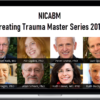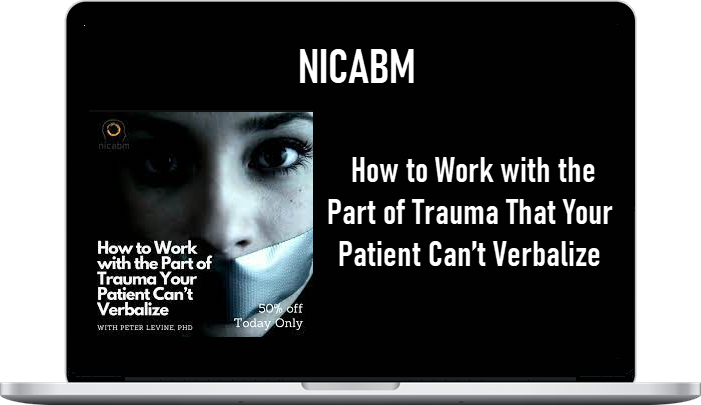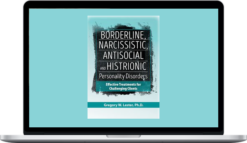NICABM – How to Work with the Part of Trauma That Your Patient Can’t Verbalize
$197.00 $25.00
Total Sold: 3
»Instant Delivery
Description
NICABM – How to Work with the Part of Trauma That Your Patient Can’t Verbalize
How to Work with the Part of Trauma That Your Patient Can’t Verbalize
We can’t help our patients fully recover from trauma if we don’t treat the unspoken part of their experience.
But how can we treat what our patients can’t verbalize?
Peter Levine, PhD has been at the forefront of developing strategies for working with the unspoken voice of trauma.
That’s why we’re bringing you this short, focused course (at a discount) . . .
How to Work with the Part of Trauma That Can’t Be Verbalized
Peter Levine, PhD
- Why Memory May Not Be Necessary for Patients to Heal from Trauma
- The SIBAM Method: Five Steps to Help Patients Track Trauma in Their Bodies
- How Body Awareness Can Help You Detect and Treat What Your Patient Can’t Verbalize
- One Practice to Help Clients Contain Feelings and Sensations
- How a Sense of Aliveness and Vitality Promotes Healing from Trauma
Peter will guide you through an approach you can use to observe and read your patients’ body signals following trauma. You’ll also get strategies to help clients contain emotions and sensations so they can reclaim a sense of safety.
Plus, we’ve layered this course with practical tools you can use to fully integrate Peter’s teaching into your work.
About Peter Levine:

Peter Levine is the creator of Somatic Experiencing (SE), a clinical method to resolve trauma symptoms.
Peter is also the founder of The Somatic Experiencing Trauma Institute which continues his groundbreaking research into the effects of trauma and stress on the body and the nervous system.
He is the author of a number of books on trauma, including Waking the Tiger: Healing Trauma, In an Unspoken Voice: How the Body Releases Trauma and Restores Goodness. His most recent book is Trauma and Memory: Brain and Body in a Search for the Living Past.
More courses from the same author: NICABM
Delivery Policy
When will I receive my course?
You will receive a link to download your course immediately or within 1 to 21 days. It depends on the product you buy, so please read the short description of the product carefully before making a purchase.
How is my course delivered?
We share courses through Google Drive, so once your order is complete, you'll receive an invitation to view the course in your email.
To avoid any delay in delivery, please provide a Google mail and enter your email address correctly in the Checkout Page.
In case you submit a wrong email address, please contact us to resend the course to the correct email.
How do I check status of my order?
Please log in to HealingCourse account then go to Order Page. You will find all your orders includes number, date, status and total price.
If the status is Processing: Your course is being uploaded. Please be patient and wait for us to complete your order. If your order has multiple courses and one of them has not been updated with the download link, the status of the order is also Processing.
If the status is Completed: Your course is ready for immediate download. Click "VIEW" to view details and download the course.
Where can I find my course?
Once your order is complete, a link to download the course will automatically be sent to your email.
You can also get the download link by logging into your HealingCourse account then going to Downloads Page.
Related products
Total sold: 1








